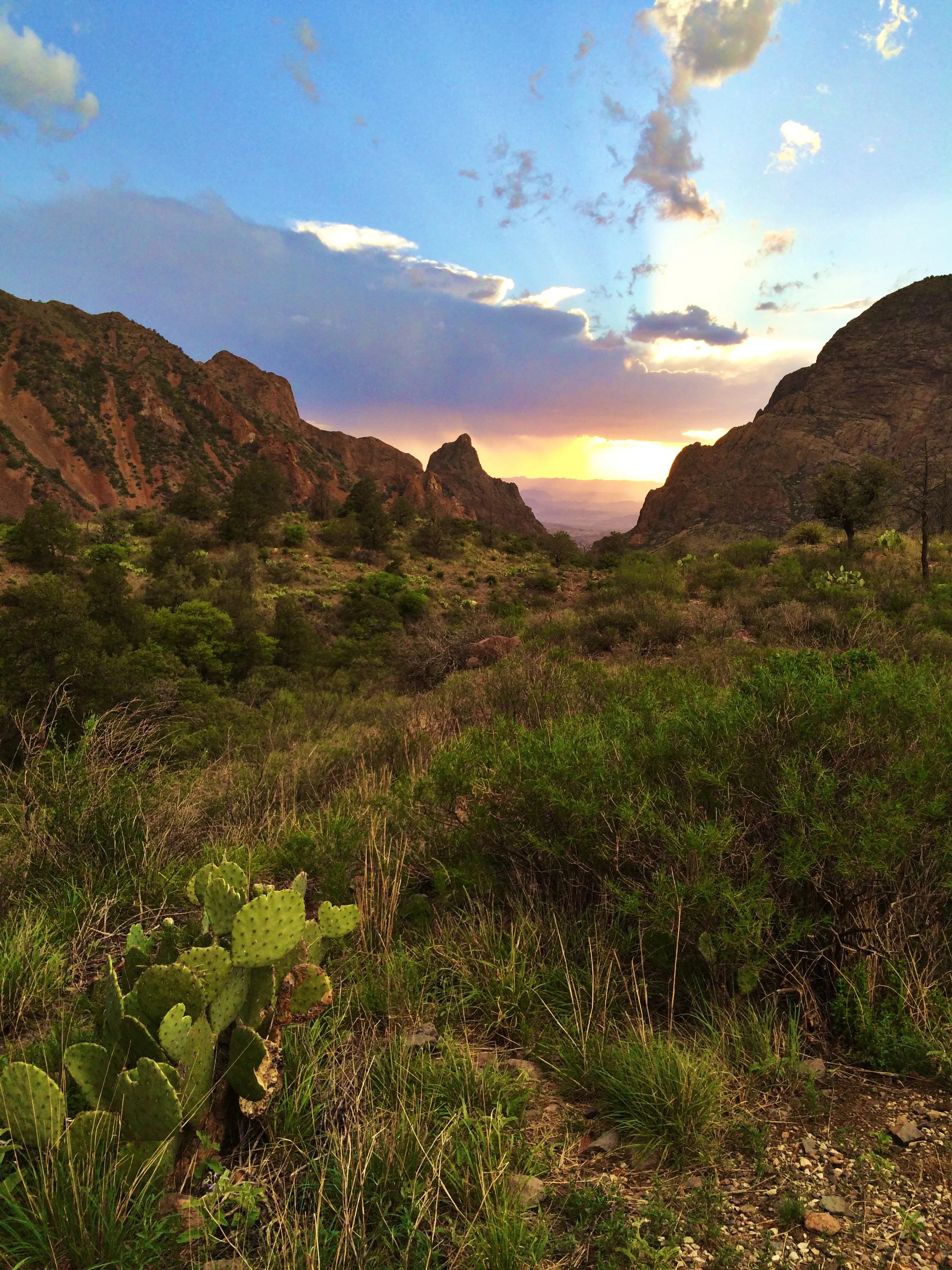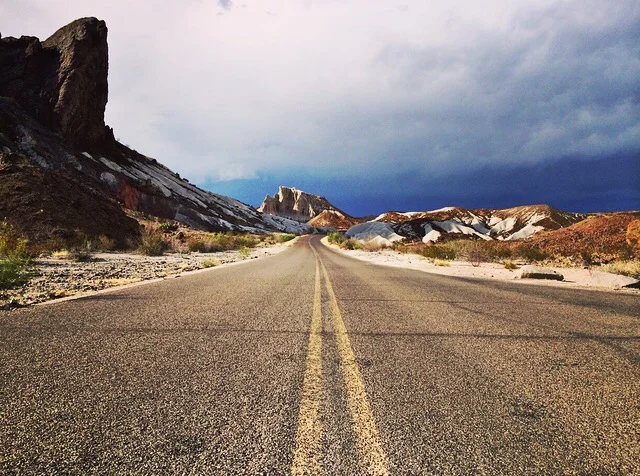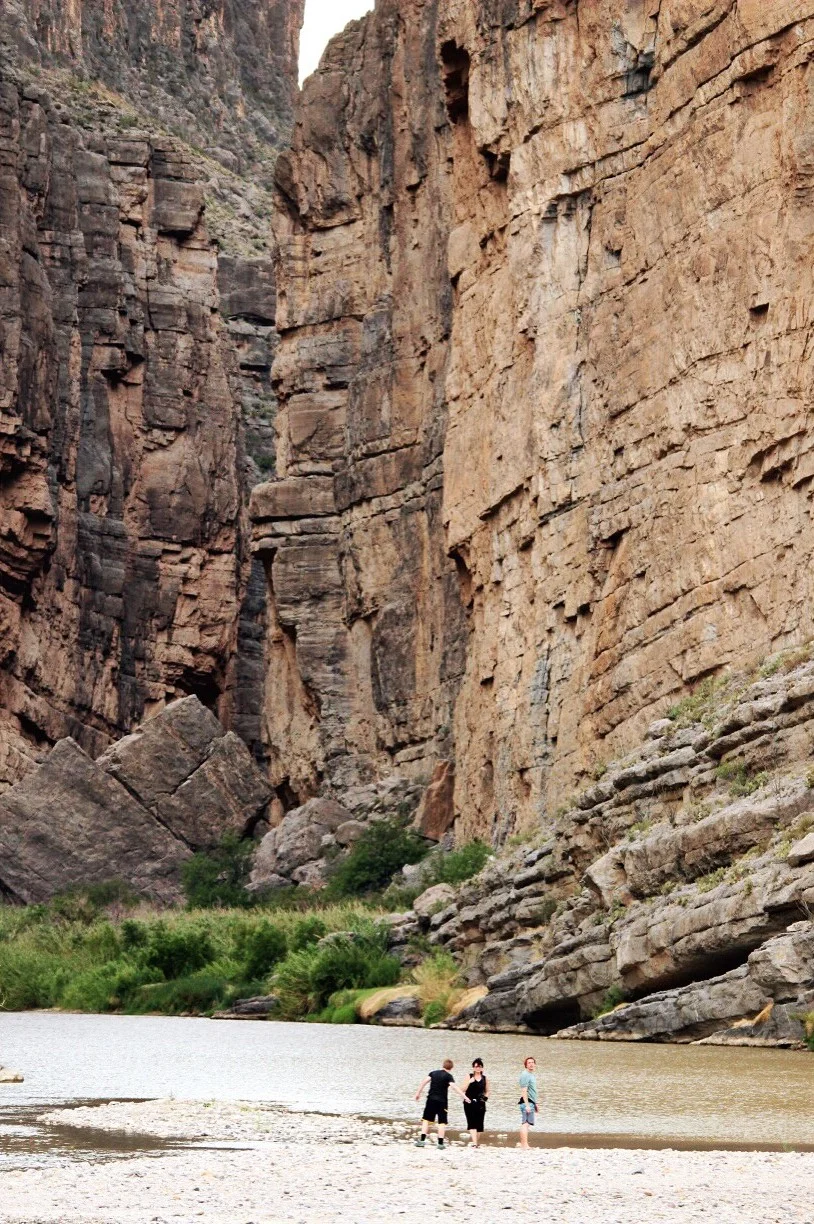












Your Custom Text Here
Park Number: 44/63
First Visited: June 7, 2014
When I first set the goal of visiting all the U.S. national parks I never thought Big Bend was going to be one of my favorites. Upon visitation, I realized this is one the most underrated parks in the system.
Coming through the Persimmon Gap entrance, I made my way south and then west. This put me in the heart of the Chihuahuan Desert, one of Big Bend's three main ecosystems. I took Old Maverick Road and then looped back on the Ross Maxwell Scenic Drive. Stunning views were replete and seemingly endless.
The Santa Elena Canyon, with cliffs up to 1,500 feet, dwarfed me. From its mouth flows the Rio Grande, the careening river creating the bend for which the park is named. This river also brings contrast to the desert via a riparian ecosystem and acts as an international border between the U.S. and Mexico.
Big Bend is one of the few U.S. national parks that shares an international border (nine parks in total) and it is this thin, murky segment of the Rio Grande that sets the delineation. Across the water you will find Boquillas del Carmen, a quaint Mexican town existing via tourism from Big Bend. This village essentially became a ghost town between 2003 and 2013 while the border crossing was closed but it is now once again thriving.
Balanced Rock is another must-see icon of the park. To get there, head 6 miles down Grapevine Hills Road and then hike the 2.2 mile (round trip) trail of the same name.
While going on these adventures, keep in mind Big Bend is a bird watcher's paradise—an ideal migration route with favorable temperatures year round. You can see myriad unique birds, such as the common black hawk (though the name is misleading); this hawk can only be found in the United States during breeding season in small pockets of the Southwest. You'll spot them around water sources in the park.
Lastly, watching the sunset through the Window is a Big Bend rite of passage—you have to do it at least once. Located in the Chisos Mountains, this view adds ambiance to a range that already acts as an ecological oasis. So much diversity exists at this elevation (7,825 feet at its highest) that you'll forget you spent the day below in the desert.
Big Bend is ancestral lands to the Chisos and Jumano Tribes.
Related Articles:
10 Best Places to Stargaze in the U.S.
Park Number: 44/63
First Visited: June 7, 2014
When I first set the goal of visiting all the U.S. national parks I never thought Big Bend was going to be one of my favorites. Upon visitation, I realized this is one the most underrated parks in the system.
Coming through the Persimmon Gap entrance, I made my way south and then west. This put me in the heart of the Chihuahuan Desert, one of Big Bend's three main ecosystems. I took Old Maverick Road and then looped back on the Ross Maxwell Scenic Drive. Stunning views were replete and seemingly endless.
The Santa Elena Canyon, with cliffs up to 1,500 feet, dwarfed me. From its mouth flows the Rio Grande, the careening river creating the bend for which the park is named. This river also brings contrast to the desert via a riparian ecosystem and acts as an international border between the U.S. and Mexico.
Big Bend is one of the few U.S. national parks that shares an international border (nine parks in total) and it is this thin, murky segment of the Rio Grande that sets the delineation. Across the water you will find Boquillas del Carmen, a quaint Mexican town existing via tourism from Big Bend. This village essentially became a ghost town between 2003 and 2013 while the border crossing was closed but it is now once again thriving.
Balanced Rock is another must-see icon of the park. To get there, head 6 miles down Grapevine Hills Road and then hike the 2.2 mile (round trip) trail of the same name.
While going on these adventures, keep in mind Big Bend is a bird watcher's paradise—an ideal migration route with favorable temperatures year round. You can see myriad unique birds, such as the common black hawk (though the name is misleading); this hawk can only be found in the United States during breeding season in small pockets of the Southwest. You'll spot them around water sources in the park.
Lastly, watching the sunset through the Window is a Big Bend rite of passage—you have to do it at least once. Located in the Chisos Mountains, this view adds ambiance to a range that already acts as an ecological oasis. So much diversity exists at this elevation (7,825 feet at its highest) that you'll forget you spent the day below in the desert.
Big Bend is ancestral lands to the Chisos and Jumano Tribes.
Related Articles:
10 Best Places to Stargaze in the U.S.